Process has no adverse effect on palatability of pet foods
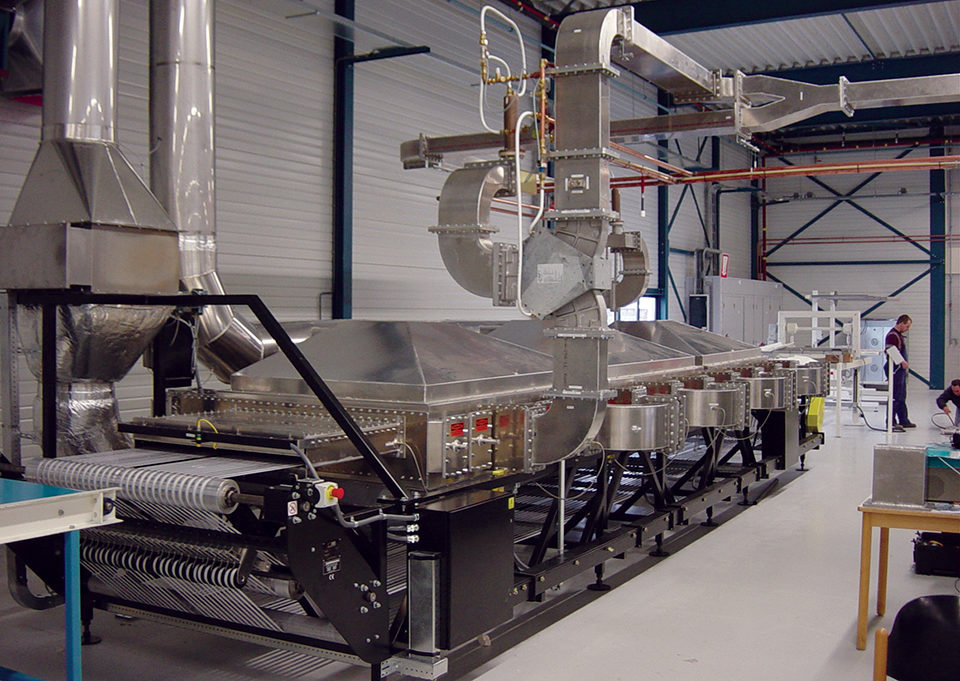
Extruded aquaculture feeds are traditionally dried using vertical or horizontal dryers, while pelleted aquafeeds are, in most cases, only dried by evaporative cooling using vertical counterflow or horizontal coolers. Microwave drying and cooking, which have been used for years in household applications for ready-to-eat foods or to warm up precooked food, may also soon find an opportunity in aquafeed manufacturing.
Food industry applications
Microwave heating and drying have numerous applications in the food industry. The technology offers a unique means of increasing productivity with consistent and often improved product quality.
Microwaving offers quick heating that can reduce the degradation of flavor and nutrient content. The technology has virtually no moving parts, so maintenance costs are minimal. Power adjustments can be made and measured in less than a minute, whereas adjustments on conventional dryers can take up to half an hour to detect changes. Both space and operating costs for microwaving, depending on location, can be less than those for standard gas-fired convection ovens.
Depending upon the type of dryer and the manufacturer, drying efficiencies for convection ovens can range about 15-48 percent. The efficiency of a 100-kW microwave dryer is generally around 85 percent due to heat losses in the magnetron and transformers (Fig. 1).
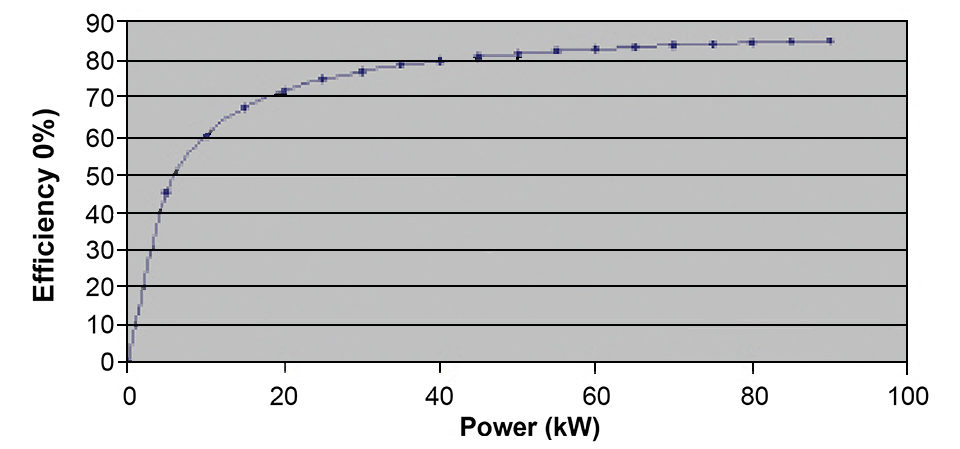
There are normally no emissions from today’s closed systems. Although microwave radiation can be very harmful at high power levels, any microwave leakage dissipates exponentially over distance. Microwaves also add little or no heat loading in the workplace.
Microwave principles
Microwaves are a form of electromagnetic energy, like light waves or radio waves. A microwave generator consists of a magnetron, an electromagnet, and a high-voltage circuit. The magnetron is a tube in which electrons are affected by magnetic and electric fields to produce microwave radiation at about 300 MHz to 300 GHz.
Microwave heating occurs when this radiation passes through material containing dielectric substances. Most molecules are electric dipoles with a positive charge at one end and negative charge at the other. They vibrate as they try to align themselves with the alternating electric field induced by the microwave field. In doing so, the hydrogen-oxygen bonds within the molecules flex at a speed of about 900 million or 2,450 million times per second, generating heat.
One unique property about microwave heating is that the energy is absorbed by the most dielectric material in the heated substance, which is water in most cases. Food therefore heats primarily as a result of the conductive or radiant heating of the water within it. Once all the water is removed, the remaining polar materials begin to absorb energy. Depending on the thickness of the heated substance, it can actually heat from the inside out.
The wave fields generated in counter-top microwave ovens are not uniform, and most industrial microwave applicators are as nonuniform as the counter-top units. This lack of microwave uniformity causes hot spots and can result in uneven drying and fires.
New state of-the-art technology applies microwave energy in a more uniform manner. These versatile applicators are specifically designed for a range of products, so they can be applied to planar materials or those pumped through a cylinder.
Applications
Microwave dryers and heaters are used by the textile, chemical-based foam, pumpable foods, seafood, and aseptic packaging industries. Research is under way on microwave use in the areas of coal, converted agricultural products, pet food, and avian and fish diets.
Extensive work is being done to evaluate the effects microwave drying has on the palatability and economics associated with dog and cat kibble, dog biscuits, and treats. Microwave drying has no adverse effect on palatability, and in some cases improved product consumption by both dog and cat diets.
Various companies are involved in the further application of microwave dryers and heaters in the food industry. For example, Industrial Microwave Systems is finalizing the development of a microwave-based moisture sensor and closed-loop controller that will automatically adjust microwave power levels to compensate for changes in moisture levels of product coming out of the convection oven.
Due to the short reaction time and microwave oven dwell time, variations in extruder and oven moisture levels can be minimized by such controls. Savings on energy, cost of quality, increased throughput, and material can provide a return on investment of less than three years for most microwave dryer systems.
(Editor’s Note: This article was originally published in the February 2006 print edition of the Global Aquaculture Advocate.)
Now that you've reached the end of the article ...
… please consider supporting GSA’s mission to advance responsible seafood practices through education, advocacy and third-party assurances. The Advocate aims to document the evolution of responsible seafood practices and share the expansive knowledge of our vast network of contributors.
By becoming a Global Seafood Alliance member, you’re ensuring that all of the pre-competitive work we do through member benefits, resources and events can continue. Individual membership costs just $50 a year.
Not a GSA member? Join us.
Authors
-

Eugenio Bortone, Ph.D., PAS, Dpl. ACAN
1521 Country Club Drive
Red Bay, Alabama 35582 USA[109,111,99,46,108,111,97,64,101,110,111,116,114,111,98,114,100]
-
James R. Burbage
Field Service Manager
Industrial Microwave Systems, LLC
Morrisville, North Carolina, USA
Tagged With
Related Posts

Aquafeeds
A look at phospholipids in aquafeeds
Phospholipids are the major constituents of cell membranes and are vital to the normal function of every cell and organ. The inclusion of phospholipids in aquafeeds ensures increased growth, better survival and stress resistance, and prevention of skeletal deformities of larval and juvenile stages of fish and shellfish species.
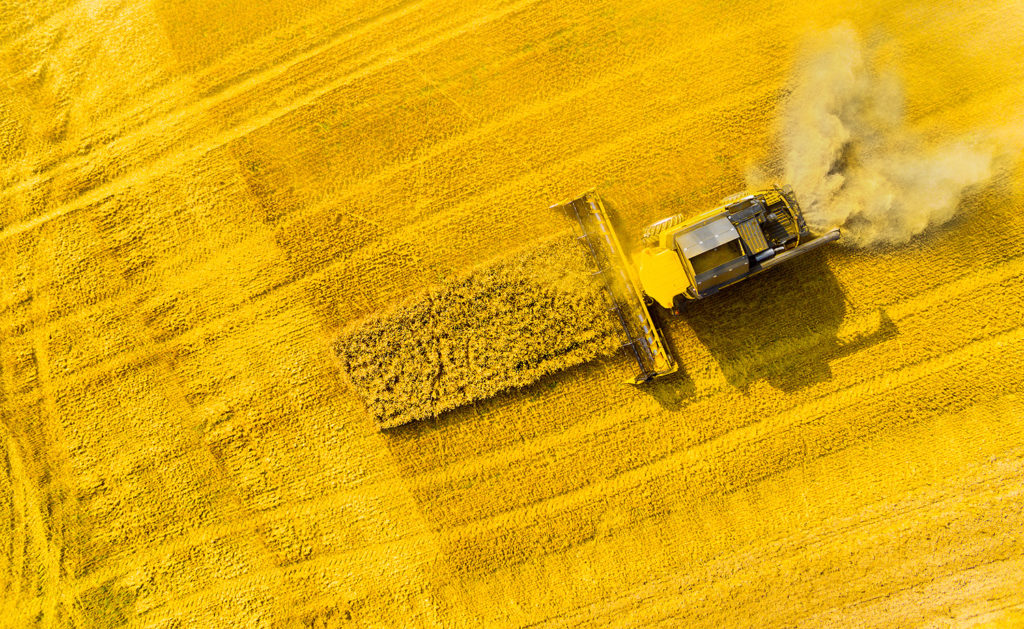
Aquafeeds
A push for rapeseed as a viable aquafeed ingredient
One Germany-based company says rapeseed protein concentrate, or RPC, can help aquafeed manufacturers meet growing demand.
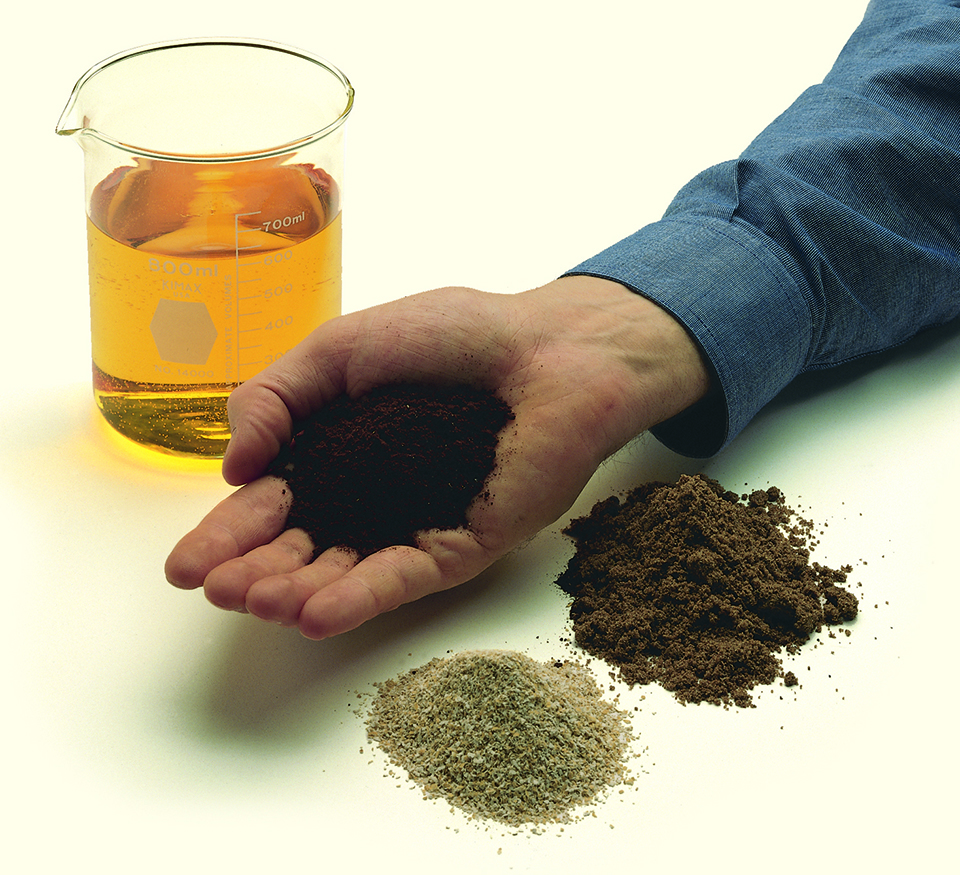
Aquafeeds
Animal co-product hydrolysates sources of key molecules in aquafeeds
Key molecules found in animal byproduct hydrolysates show potential for use as functional ingredients in aquaculture feeds. Animal co-product hydrolysates from slaughterhouse waste and rendered animal byproducts present a protein alternative.
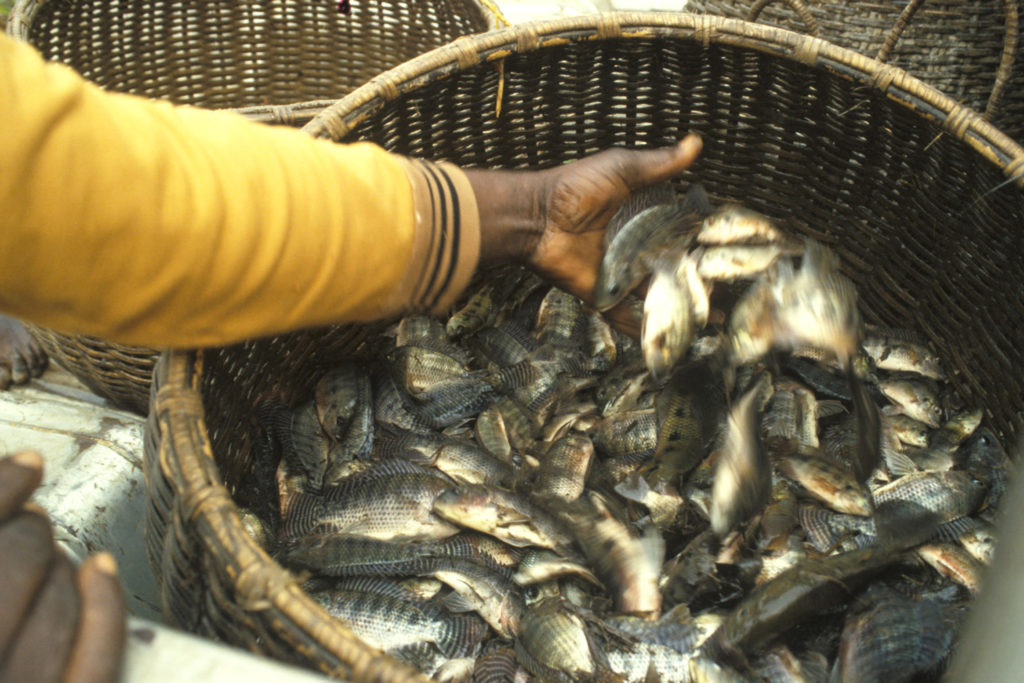
Responsibility
A helping hand to lend: UK aquaculture seeks to broaden its horizons
Aquaculture is an essential contributor to the world food security challenge, and every stakeholder has a role to play in the sector’s evolution, delegates were told at the recent Aquaculture’s Global Outlook: Embracing Internationality seminar in Edinburgh, Scotland.


